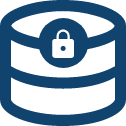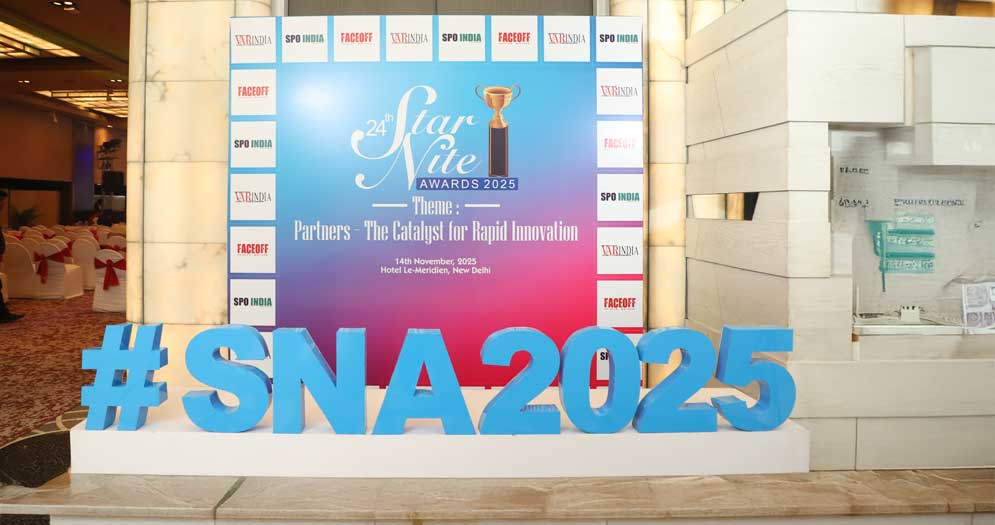If you’re facing challenges in developing a SaaS platform that excels in performance, scalability, and security, rest assured, you are not alone. Many businesses rely on Software as a Service (SaaS) solutions to fulfil their requirements. Yet, the absence of a robust architectural backbone can lead to issues such as low loading speeds, inconsistent performance, and vulnerabilities to security threats.
One of the leading cloud platforms for building SaaS applications is Azure. Approximately 56% of global organizations leverage Microsoft Azure as their cloud services provider. SaaS best practices on Azure encompass a wide range of strategies and techniques to ensure your cloud-based software solution’s optimal performance, security, and scalability.
Building Software as a Service (SaaS) applications on Microsoft Azure can offer a multitude of benefits, including scalability, reliability, and accessibility. Explore seven key best practices for building SaaS applications on Azure.
- Design for Scalability
Scalability is a fundamental requirement for any successful SaaS application. Azure provides powerful scalability options, including Azure Kubernetes Service (AKS), Azure Functions, and Azure App Service. When designing your SaaS application, consider the following:
- Microservices Architecture: Break down your application into smaller, independently deployable microservices. This allows you to scale individual components as needed.
- Load Balancing: Utilize Azure Load Balancer or Application Gateway to distribute incoming traffic evenly across your application’s instances. This ensures high availability and performance.
- Autoscaling: Implement autoscaling policies to automatically adjust resources based on traffic patterns. Azure provides tools like Azure Monitor and Azure Auto Scale to facilitate this.
- Data Management and Storage
Efficient data management and storage are critical for SaaS applications. Azure offers a variety of data services, such as Azure SQL Database, Azure Cosmos DB, and Azure Blob Storage. Follow these guidelines:
- Choose the Right Data Store: Select a data store that aligns with your application’s requirements. For structured data, Azure SQL Database is a robust choice, while Azure Cosmos DB excels in globally distributed and highly responsive scenarios.
- Data Partitioning: Implement proper data partitioning to ensure horizontal scalability and optimize query performance. Azure guides partitioning strategies for different data stores.
- Data Backup and Recovery: Set up automated data backup and recovery solutions to prevent data loss. Azure Backup and Azure Site Recovery are valuable tools for this purpose.
- Security and Compliance
Security is paramount when building SaaS applications. Azure offers a comprehensive set of security features and compliance certifications. Follow these security best practices:
- Identity and Access Management: Use Azure Active Directory (Azure AD) for identity management and enforce multi-factor authentication (MFA) for enhanced security.
- Network Security: Implement network security groups (NSGs) and firewalls to control inbound and outbound traffic to your resources.
- Encryption: Encrypt data at rest and in transit using Azure Key Vault for key management and Azure Security Center for monitoring and compliance.
- Compliance: Ensure your application complies with industry-specific regulations and standards by leveraging Azure compliance offerings and built-in auditing capabilities.
- Monitoring and Logging
Effective monitoring and logging are essential for maintaining the health and performance of your SaaS application. Azure provides robust tools for monitoring and diagnostics, including Azure Monitor, Application Insights, and Azure Log Analytics:
- Application Performance Monitoring: Use Application Insights to gain insights into application performance, identify bottlenecks, and troubleshoot issues proactively.
- Custom Logging: Implement custom logging to capture application-specific events and errors, which can be analyzed using Azure Monitor and Log Analytics.
- Alerts and Notifications: Set up alerts to receive notifications when predefined conditions are met. Azure Monitor allows you to create custom alerts based on your application’s metrics.
- Disaster Recovery and High Availability
To ensure uninterrupted service, plan for disaster recovery and high availability. Azure offers various solutions, such as Azure Site Recovery and Azure Availability Zones:
- High Availability Architectures: Design your application to run in multiple Azure Availability Zones to achieve high availability and fault tolerance.
- Disaster Recovery Plan: Create a disaster recovery plan that includes regular backups, failover procedures, and automated recovery processes.
- Geo-Redundancy: Consider geo-redundant storage for critical data to protect against regional outages and data centre failures.
- DevOps and Continuous Integration/Continuous Deployment (CI/CD)
Implementing DevOps practices and CI/CD pipelines is crucial for the efficient development and deployment of your SaaS application on Azure:
- Infrastructure as Code (IaC): Use tools like Azure Resource Manager templates or Terraform to define and deploy your infrastructure as code.
- Automated Testing: Incorporate automated testing into your CI/CD pipeline to ensure code quality and reliability.
- Continuous Deployment: Automate the deployment process to rapidly deliver new features and updates to your users.
- Cost Optimization
Azure provides a flexible pricing model, but it’s essential to monitor and optimize your costs to maximize the value of your SaaS application:
- Resource Cleanup: Regularly review and decommission resources that are no longer needed to avoid unnecessary costs.
- Cost Analysis: Use Azure Cost Management and Billing to analyze your spending patterns and identify opportunities for cost savings.
- Reserved Instances: Consider using Azure Reserved Instances for predictable workloads to benefit from cost savings.
Conclusion
SaaS best practices on Azure are crucial for ensuring the success of your cloud-based software solution. Building SaaS applications on Azure requires following best practices that optimize performance, scalability, security, and cost efficiency. Organizations can develop highly reliable and cost-effective SaaS solutions by leveraging Azure’s scalable infrastructure, caching capabilities, robust security mechanisms, and efficient resource utilization strategies. Additionally, monitoring and diagnostics tools, DevOps practices, and containerization help streamline the development and deployment processes.
To implement these best practices effectively, consider partnering with Embee. As an expert in Azure Cloud services, we can assist you in leveraging the power of Azure to build high-performing and secure SaaS applications. Visit our Azure Cloud services page to learn more.

















































